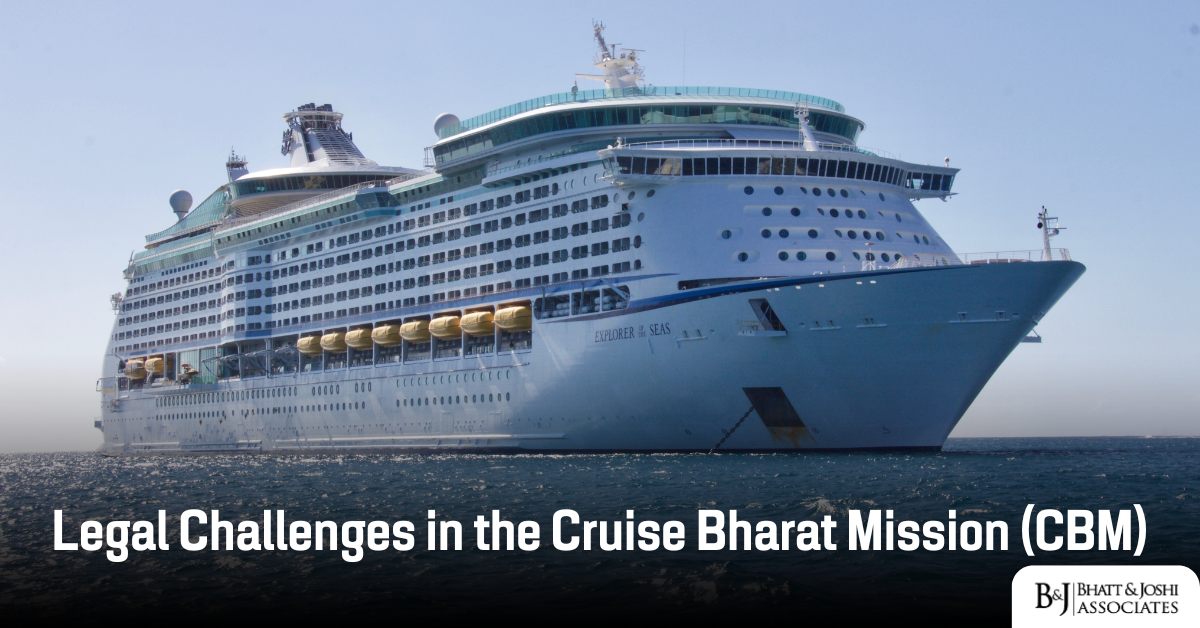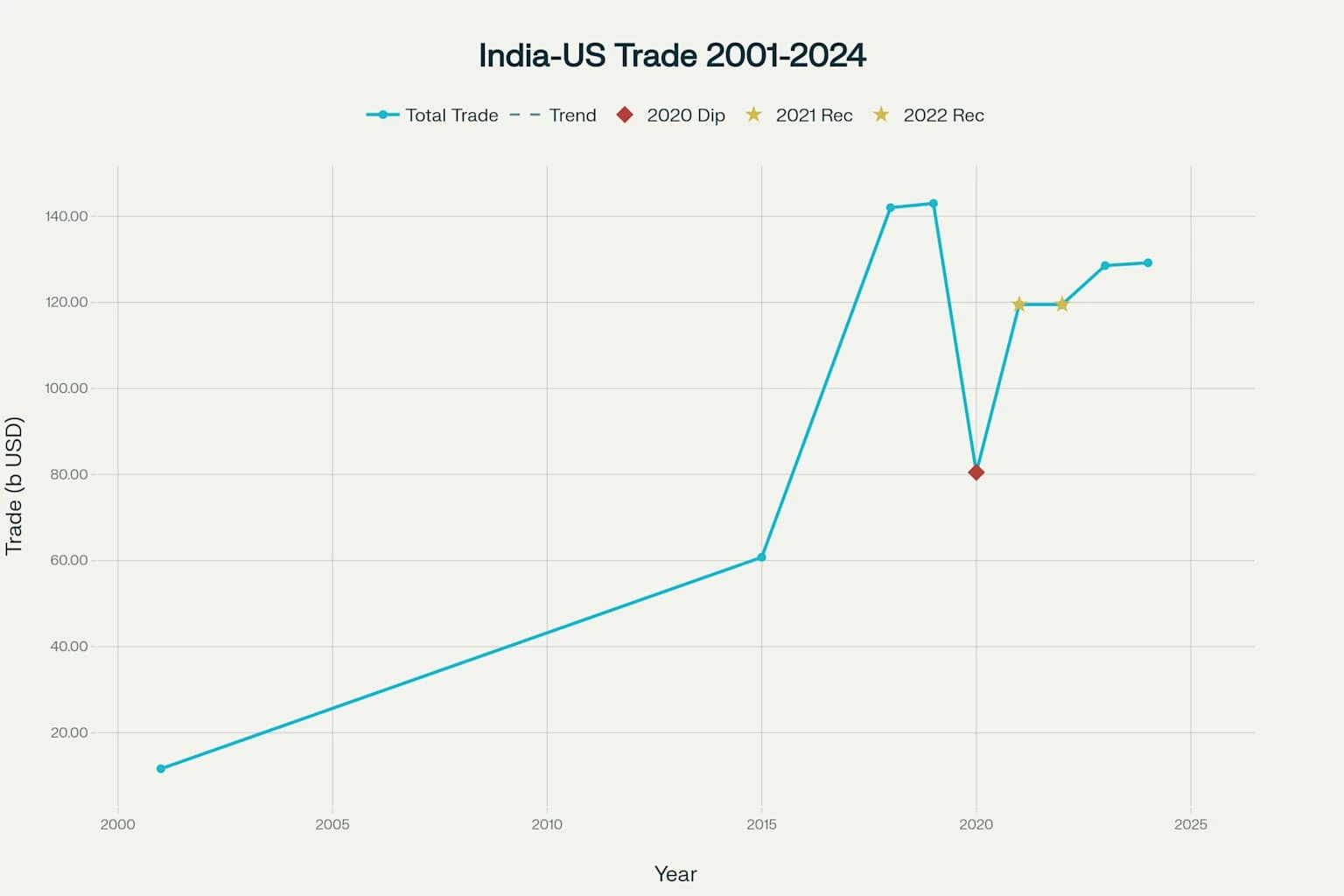 Introduction to the Cruise Bharat Mission
Introduction to the Cruise Bharat Mission
Launched with the goal of boosting India’s cruise tourism sector, the Cruise Bharat Mission envisions leveraging the country’s vast coastline and rich cultural heritage to attract both domestic and international tourists. The mission aligns with broader national objectives, including economic diversification, employment generation, and enhancing India’s soft power on the global stage. Cruise tourism offers the potential to transform India into a thriving center for leisure travel, fostering regional connectivity and creating ancillary industries. Despite these lofty ambitions, the legal and regulatory landscape poses significant hurdles that must be navigated effectively. These challenges are compounded by the need for sustainable development, ensuring that economic benefits do not come at the expense of ecological and social stability.
Regulatory Framework Governing Cruise Operations in India
Cruise tourism in India operates under a complex web of national and international laws. Key regulatory authorities include the Ministry of Ports, Shipping and Waterways, the Directorate General of Shipping (DGS), and the Indian Maritime University. These institutions collaborate to regulate operations, safety standards, and training for maritime professionals. Additionally, the International Maritime Organization (IMO) sets forth binding international regulations, such as the Safety of Life at Sea (SOLAS) Convention and the International Convention for the Prevention of Pollution from Ships (MARPOL).
Under Indian law, the Merchant Shipping Act, 1958, serves as the cornerstone of maritime governance. This Act regulates the registration of ships, safety norms, and crew welfare. It establishes detailed provisions for inspections, certifications, and penalties for violations, ensuring that vessels comply with both domestic and international standards. Furthermore, coastal tourism falls under the purview of state governments, creating a jurisdictional overlap that complicates streamlined governance. For example, states with significant cruise tourism potential, such as Maharashtra, Goa, and Kerala, each have distinct policies for coastal management, necessitating a harmonized approach to regulation.
Environmental Legal Challenges of the Cruise Bharat Mission
One of the most pressing concerns for the CBM is compliance with environmental laws. Cruise ships are notorious for generating significant waste, including sewage, solid waste, and emissions. The Environment Protection Act, 1986, mandates stringent controls on pollution and requires Environmental Impact Assessments (EIAs) for large-scale tourism projects. The Act obligates cruise operators to adopt preventive measures, such as advanced waste treatment systems and adherence to emission control standards, to minimize their environmental footprint.
Additionally, India’s Coastal Regulation Zone (CRZ) Notification, 2019, restricts certain activities within specified distances from the coastline to protect fragile ecosystems. Coastal areas are home to diverse marine life and play a crucial role in maintaining ecological balance. Violations of CRZ norms can lead to penalties and project delays, undermining investor confidence in the CBM.
Notable cases like Goa Foundation v. Union of India have highlighted the judiciary’s active role in safeguarding coastal and marine environments. In this landmark judgment, the Supreme Court emphasized the need for sustainable development and reinforced the importance of compliance with CRZ norms. The CBM must therefore adopt robust waste management systems and eco-friendly practices to mitigate environmental risks and adhere to legal requirements. Beyond compliance, it must also address growing concerns from environmental activists and local communities regarding habitat destruction and resource depletion.
Labor and Employment Laws
The cruise industry is labor-intensive, employing a diverse workforce across different skill levels. Indian labor laws, including the Industrial Disputes Act, 1947, the Employees’ State Insurance Act, 1948, and the Minimum Wages Act, 1948, govern employment practices in the sector. However, cruise ships often operate in international waters, raising questions about the applicability of Indian labor laws vis-à-vis international conventions such as the Maritime Labour Convention, 2006 (MLC).
The MLC, often referred to as the “Seafarers’ Bill of Rights,” establishes global standards for the working conditions of seafarers. India, as a signatory, must ensure that cruise operators comply with these standards, particularly concerning wages, working hours, and living conditions. Judicial interventions, such as the Bombay High Court’s decision in Nautical Institute v. Union of India, have underscored the need for robust enforcement of labor laws in the maritime sector. However, there is a persistent gap between legislative intent and ground-level implementation. Instances of worker exploitation, inadequate training, and poor grievance redress mechanisms highlight the need for a stronger regulatory framework to safeguard employee rights.
Maritime Security and Legal Jurisdiction
Ensuring the security of cruise ships and passengers is another critical legal challenge. Piracy, terrorism, and other maritime crimes pose significant risks to the cruise industry. The Suppression of Unlawful Acts Against the Safety of Maritime Navigation (SUA) Convention, 1988, provides an international legal framework to combat such threats. India’s domestic legislation, the Suppression of Unlawful Acts Against Safety of Maritime Navigation and Fixed Platforms on Continental Shelf Act, 2002, incorporates the provisions of the SUA Convention into national law.
However, jurisdictional issues often arise in cases of crimes committed on the high seas. The principle of “flag state jurisdiction,” under which the laws of the country where a ship is registered apply, can complicate enforcement. For instance, if a crime occurs aboard a ship registered in another country, Indian authorities may face legal and procedural hurdles in initiating investigations and prosecutions. The CBM must therefore establish clear protocols for coordination between Indian authorities and international agencies to address maritime security concerns. Partnerships with organizations such as INTERPOL and regional bodies can bolster India’s capacity to respond to security threats effectively.
Taxation and Customs Issues in Cruise Bharat Mission
Taxation is another contentious area for the CBM. Cruise operators are subject to multiple taxes, including Goods and Services Tax (GST), port fees, and customs duties. The GST regime, while streamlined for many sectors, poses challenges for international cruise operators due to the complexities of input tax credits and exemptions. Operators have often raised concerns about the lack of clarity in tax policies and the administrative burden of compliance.
A recent case, Carnival Cruises v. Union of India, highlighted the ambiguities surrounding GST applicability on services provided on board cruise ships. The court’s ruling underscored the need for a clear and consistent tax policy to attract foreign operators and investors to India’s cruise tourism sector. Simplifying customs procedures for cruise ships, particularly regarding the importation of supplies and equipment, can further enhance the ease of doing business in this sector.
International Legal Obligations
As a member of the IMO, India is bound by several international conventions that govern maritime operations. Compliance with these conventions is essential for the credibility and success of the CBM. For instance, the SOLAS Convention mandates safety standards for passenger ships, while MARPOL establishes guidelines for pollution prevention.
India’s adherence to these conventions has been the subject of judicial scrutiny. In Indian National Shipowners Association v. Union of India, the Bombay High Court emphasized the importance of aligning domestic laws with international obligations to ensure the competitiveness of India’s maritime sector. Failure to comply with these conventions can lead to sanctions, loss of reputation, and potential exclusion from international shipping routes.
Judicial Precedents and Their Implications
The judiciary has played a pivotal role in shaping the legal landscape for maritime and tourism sectors in India. In M.C. Mehta v. Union of India, the Supreme Court laid down the “precautionary principle” and “polluter pays principle,” which have significant implications for cruise operations under the CBM. These principles mandate proactive measures to prevent environmental harm and hold polluters accountable for damages.
Another notable case, S. Jagannath v. Union of India, dealt with the regulation of aquaculture in coastal areas. The judgment underscored the need for balancing economic development with environmental protection—a principle equally applicable to the CBM. The judiciary’s active intervention in ensuring sustainable development serves as both a challenge and an opportunity for the mission to align its objectives with legal and environmental priorities.
Recommendations and the Way Forward
To address the legal challenges facing the Cruise Bharat Mission, a multi-pronged approach is necessary. Firstly, the central and state governments must collaborate to harmonize regulatory frameworks and eliminate jurisdictional conflicts. Secondly, specialized courts or tribunals for maritime and environmental disputes could expedite resolution and enhance legal certainty. Streamlining approval processes and reducing bureaucratic hurdles will also play a crucial role in fostering investor confidence.
Moreover, India should invest in capacity building for its maritime authorities to ensure effective enforcement of laws. Public-private partnerships (PPPs) can play a crucial role in funding sustainable infrastructure, such as green ports and waste treatment facilities. Engaging with international stakeholders and learning from best practices in countries with advanced cruise tourism sectors, such as Singapore and Italy, can provide valuable insights for policy formulation.
Additionally, India must leverage its membership in international organizations to advocate for fair and inclusive policies that benefit emerging cruise destinations. Ensuring that cruise operators adopt state-of-the-art technologies for emissions control, waste management, and energy efficiency will be critical to achieving long-term sustainability. Enhanced stakeholder engagement, including consultations with local communities and environmental groups, can also foster greater acceptance and support for the CBM.
Conclusion
The Cruise Bharat Mission holds immense potential to transform India’s tourism sector and contribute to economic growth. However, the initiative must navigate a complex web of legal challenges, ranging from environmental compliance and labor laws to international maritime obligations. By adopting a proactive and collaborative approach, India can overcome these hurdles and position itself as a global leader in cruise tourism. The journey may be fraught with challenges, but with robust legal frameworks and effective governance, the CBM can achieve its ambitious goals. The success of this mission will ultimately depend on the ability of policymakers, industry stakeholders, and judicial authorities to strike a delicate balance between development, environmental stewardship, and legal compliance.













